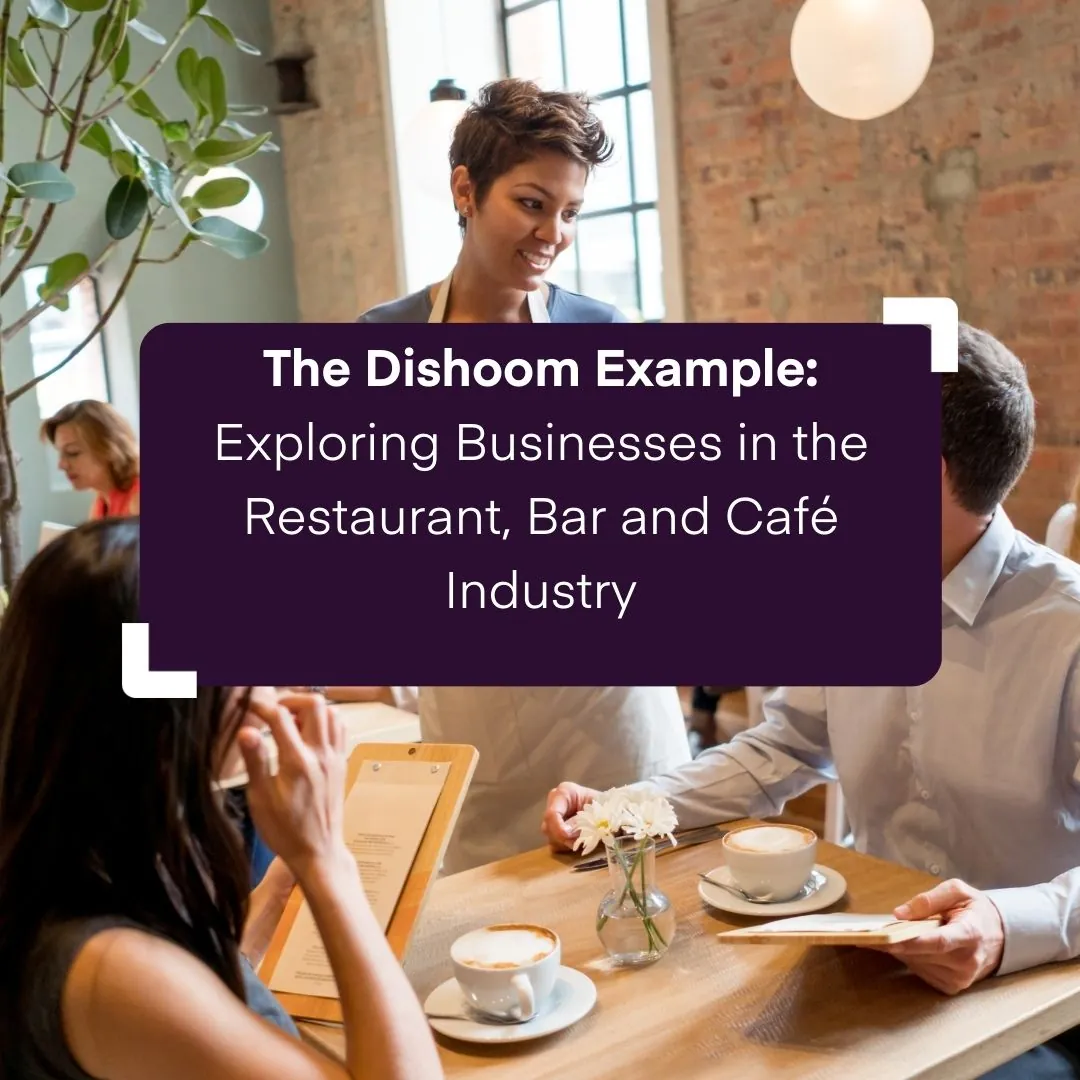
Employee Life Cycle: SME HR Essentials
22 Nov 2023So, you’re running your own SME, and you just can’t seem to get any new employees through the door. When they do finally come, they never stick around. What a pain. If this relates a little bit too much to you, well, read on my friend as in this guide we’ll break down what an employee life cycle is, and how to optimise it.
What is the employee life cycle?
The employee life cycle is usually managed by human resources and is a method of tracking your employee’s journey through your business. From attraction to separation, the employee life cycle states six key areas you can look to optimise to massively improve your employee retention.
How important is the employee life cycle?
Working to improve every aspect of your employee life cycle, will greatly improve your employee retention and staff turnover.
Many businesses make the mistake of focusing all their attention on the customer experience, but the employee experience is just as important.
After all, how can you provide great enthusiastic customer service with a miserable unenthusiastic workforce?
Employee life cycle: stages and optimisation
Now, let’s stop beating around the bush. Let’s get into it. What are the six main stages of the employee life cycle, and how can you optimise for each one?
Attraction
The attraction stage is defined as the moment a person first hears about your company.
If their first impression is positive, they’ll research your company to see if pursuing an application with you is worth their time. To check if you’re a good fit, candidates will scour the web gathering information to see if they can see themselves working for you.
To undertake this research, here are some things a candidate may review:
Your Google and Trustpilot reviews: To see what customers say about you. They’ll look to see if your customers are having good or poor experiences, what’s causing that? If experiences are poor are employees unhappy or undertrained? If they’re good experiences, is it because of the opposite? Or is it something else? Either way, it can provide great insight into the company.
Reviews on employment websites: Websites like Indeed or Glassdoor help people see what earlier employees say about you. Employment website reviews like these will give the clearest sign of a good or bad workplace.
Read company news: Have you been involved in controversy recently? Or have you been praised for some work? The news will have a big impact on how potential candidates perceive you.
Check out your company values: Do you have any corporate social responsibility that shows off what your company cares about? Someone is more likely to work for you if they know they’re supporting a business that’s behind a cause they believe in.
Check out your social media pages: Many companies post ‘culture content‘ in their social channels, to attract customers and candidates.
Research your senior team: If they work in a specific industry, for example, accounting, they might look up your head of accounts to see if there’s any positive or negative news circulating about them.
Your financial statements: To see how your company is doing financially, they may check Companies House to see what the long-term outlook for the business is.
Benefits package: Many companies list the benefits employees receive on the website so candidates can get a feel for what they might be entitled to if they join.
So, when it comes to attraction, there’s a lot you need to think of if you want the right employees. Attraction plays an especially large part if you’re hiring for a highly competitive role. The more businesses compete for one employee, the better job you’ll have to do at standing out.
Not all small businesses will have a big budget for hiring, but that doesn’t mean there’s nothing you can do to boost your chances of hiring the right candidate.
From recognising your employees to investing in their personal development. Check out our blog on staff turnover for insight into hiring and retaining staff.
If you need help getting your business on the right track, to build that foundation, speak to our small business accountants.
Recruitment
Now you have potential candidates eager to have a chat, it’s time to start your recruitment process. This should go without saying, but the first step to hiring is to have a role that needs filling.
The recruitment stage of the employee lifecycle looks at how you advertise your roles and speak to candidates. Do you use job boards? Social media? Word of mouth? Referral schemes? Internal promotions? Or maybe you choose to use recruitment agencies?
Deciding which road to go down will largely depend on your advertising budget and how quickly you need to fill the position.
But first, you’ll need to write a job description. Job descriptions, clearly outline the roles and responsibilities of the new hire. To support setting clear targets, job descriptions let candidates know before they apply what will be expected of them.
Once you’ve built your job description, it’s time to get the word out you’re hiring. To get eyes on the job role, there’s a few ways you can go about it:
Internal options: Before exploring external candidates, it will be worth exploring internally to see if you can fill a role, especially if it means a promotion for staff.
Social media: When hiring, many businesses may first look at putting the role out on social, especially if they have a large following. SMEs may do this to save costs. Hiring can be expensive, so exploring cheaper methods first is normally the go-to for some business owners.
Job boards: Job boards like Indeed and Totaljobs are where most candidates go when looking for a new role. Due to job boards being so popular, you will usually have to pay to have your job appear on the page. Remember, when placing a role on a job board you’ll be competing with many other companies for the same candidates, therefore, you need to write an effective job ad.
Referral schemes: Many companies offer referral schemes to their current staff. Referral schemes normally pay out a cash reward when someone refers an individual to your business. The payout for the referral scheme normally happens when the candidate hits a certain milestone e.g., once they’ve passed probation.
Recruitment agency: Usually, if the manager who’s hiring doesn’t have the time or ability to hire themselves, they’ll outsource to a recruiter who specialises in the role they’re after. By using a recruiter you’ll only have to speak to a few candidates the recruitment agency has specially selected for you.
Once you’ve found your method of hiring, you’ll eventually start to get some applications through the door. Now it’s time to start interviewing.
Note: Some roles, specifically senior or graduate roles, can have multiple rounds of tests before they get to the final stage. It’s best to be aware that you should only use this method of hiring for specific roles, doing it for every role could drive candidates away.
The interview stage of your recruitment process gives candidates a chance to get a feel for who they’ll be working with and where they’ll be working. Having an interview with a candidate also helps you dig deep into their suitability for the role.
If it’s a match, then you can continue onto stage 3, onboarding.
Onboarding
Once you’ve found a candidate, and they’ve accepted the role it’s time to get them onboarded.
Onboarding is essentially how you settle your employees into their new roles. A critical step for any business, a good onboarding strategy can make or break the turnover rate of your business.
Onboarding should consist of the following:
Show them around: When a new employee starts, it’s important for them to know the area and building you work in, so they don’t get lost. Some employers, who don’t put in the effort, may only show employees around before they start their role. If you want to get the most out of your employees there’s a lot more that needs to be done.
Introduce them to the team: After showing them around, you’ll need to introduce them to the team, the more effort you put into this the better. Getting on with other staff from the get-go will help your new hire settle in much quicker. Don’t just leave it there though, put in the extra effort to help them settle in. Maybe go out for a meal together on your first lunch or put together an early social event so they can get to know everyone.
Establish targets: Once they’re familiar and settled it’s time to build some targets. There are many different ways you can set new starters targets, one of which is SMART targets SMART targets will help your new employee know what’s expected from them and will help you measure their success later down the line. Instead of SMART targets, an employer can provide their employees with a simple target with financial incentives to help them settle into the role.
Link their targets to training: If you’ve done everything right, then your new hire will have clear goals. Objectives should link to the training and as an employer, you should be continuously reassessing your staff’s needs. Linking training to employee needs will ensure you maximise employee output whilst keeping them engaged in their work.
Check-in on their progress: The onboarding process isn’t over after the first few weeks. Onboarding can last up to 12 months, so it’s vital to check in with employees to make sure they’re fully integrated into the role. If, after a certain period, you find they’re still struggling to settle in, it may be worth considering re-onboarding the employee.
A great onboarding strategy can increase employee retention by 82%, and re-onboarding can increase retention by 43%. We can’t stress enough how important it is to get this right.
Now you’ve built an effective onboarding strategy and everyone’s settling in well it’s time for stage 4 of the employee life cycle, developing your employees to maximise their (and therefore your) potential.
Development
The development stage of the employee life cycle involves continuously looking to improve the skills and career advancement of your staff.
The benefits from developing your employees leak into all other stages of the employee life cycle. Employees who are invested are much more likely to feel valued by their employer. Employees who feel valued are much more likely to want to stay in a business because you can match their ambitions.
When it comes to developing your staff, there are a few different methods you can use:
Apprenticeships: Apprentices are usually hired on a lower salary but are given extensive training to mold them into the perfect employees for that role. Apprentices usually take a mix of college classes with mentorship from their line manager.
On-the-job training: On-the-job training is usually the basics to complete their role this type of training is normally undertaken in the office by a manager or mentor.
Mentoring/Shadowing: Shadowing is when a more senior staff member takes on younger members to guide them through their career journey. Most of the time your manager can take on the role of mentor, but it doesn’t have to be. If there’s a senior member of staff who has plenty of experience, mentoring can be a part of every employee’s personal development.
Remote learning: Remote learning is when employees take an online webinar or course as part of their role. Taking a class from anywhere can be free due to the many different companies offering free one-hour webinars to entice new clients.
In-house learning: In-house learning is essentially when someone teaches a class within the business. To undertake in-house learning managers may teach the class themselves or bring in an external teacher to supply a lesson. To get the most out of the time and money spent training employees, make sure it’s relevant to their role and personal development. Understanding, if training is relevant, will go back to the specific job descriptions you built earlier in the employee’s life cycle.
Now you’ve spent all that time and money training up your carefully selected employees you’ll want to make sure you keep them (another lovely segue into the next segment).
Retention
The retention stage of the employee lifecycle is used to keep employees working at your business (funnily enough). There are many different policies an employer can implement to keep their employees. We cover retention and staff turnover extensively in our staff turnover guide.
Here are just a few methods you can use to keep your employees:
Continued development: Continuing from the previous section, the personal development of your employees shouldn’t be pushed to the bottom of the list. As a business owner, you should be continuously reviewing your staff’s needs for further training.
Recognition and Rewards: Recognising and rewarding employees can be an inexpensive way of keeping them engaged. There are many ways to recognise employees but, acknowledging them through one of these three recognition programs can keep your staff happy while working within your budget.
Work-Life Balance: Encourage a healthy work-life balance to prevent burnout and support the well-being of employees. Not effectively managing employee burnout, can cause a massive loss in productivity, as well as staff.
Competitive Compensation and Benefits: Ensuring that employees receive competitive salaries and benefits to remain motivated and satisfied.
Flexible Work Arrangements: Flexible work schedules or remote work options are a must-have for any office role in today’s world of work. It looks as if hybrid working is here to stay, so employers must keep up with the job market so they don’t get left behind.
Effective Communication: Supporting open and transparent communication channels to address concerns is critical. If feedback is never listened to employees may feel disconnected from the business and start to look elsewhere.
Performance Feedback: Supplying regular feedback and performance evaluations to help employees understand their strengths, areas for improvement, and career progression opportunities.
Unfortunately, no matter how hard you try, eventually, an employee will leave. Employees can either leave through, resignation, retirement, being fired or being made redundant.
Separation
Separation. The time when your employee, who you’ve hired and nurtured decides to leave the nest. Separation can be a sad time for all involved, whatever the occasion, (unless it’s retirement, you’ve done a great job of keeping them engaged for that long).
However, when an employee does decide to leave, a thorough separation plan can supply crucial information to better your company’s HR plan.
Exit Interviews: If you’re leaving on good terms, or sometimes even bad, an exit interview can provide really valuable insight into how you operate. Once employees have handed in their notice, they can feel safer being more open towards you, with exit interviews you’ll be able to get opinions employees might otherwise keep to themselves.
Knowledge Transfer/Handover: Once an employee has put in their resignation, they may help put together a handover so their successor can be kept up to date with all they’ll need to know.
Final Pay and Benefits: Depending on the reason the employee is moving on, you may have to discuss a final paycheck. An example of final pay would be redundancy pay.
Legal Compliance: Especially when firing or making an employee redundant, it is vital to make sure all legal compliance is followed to avoid an employment tribunal.
Alumni Relations: Finally, once an employee has left the business, maintaining a strong relationship through an alumni program can go a long way in receiving referrals for new staff.
The separation stage of the employee life cycle is often overlooked by many employers. There’s so much vital information you can get from employees, and you need to take full advantage of it.
Wrapping up
Understanding the employee life cycle is essential to how you run a business. Making sure you are efficient in every stage, from who you hire to how you keep them on board, Is critical to how you run your business.
This blog is extensive, but it still doesn’t cover everything. If you’re struggling to hire and manage your staff, or maybe you’re looking into doing it for the first time, contact us, and our HR experts will help you through the process. We now offer a full range of HR Services to our clients to ensure they’re getting the full support they need.





















